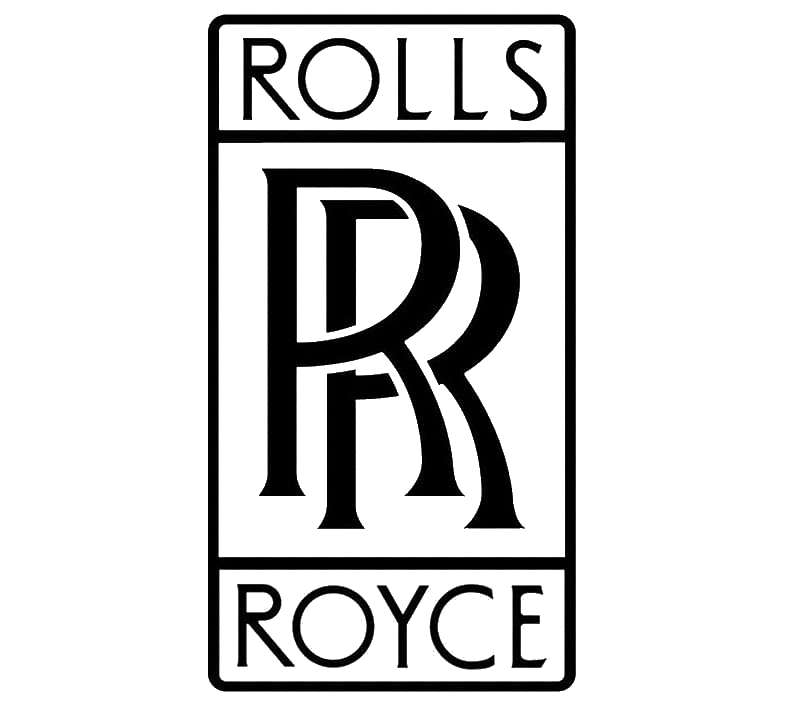
Bell UH-1Y Venom
Super Huey
Role Utility helicopter
National origin United States
Manufacturer Bell Helicopter
First flight 20 December 2001
Introduction 8 August 2008
Status In service
Primary user United States Marine CorpsProduced 2001–present
Number built 160
Developed from Bell UH-1N Twin Huey
.
History Bell Textron Inc.
Bell UH-1Y Venom
Super Huey
Over the years, new avionics and radios, modern door guns, and safety upgrades have greatly increased the UH-1N's empty weight. With a maximum speed around 100 knots (190 km/h) and an inability to lift much more than its own crew, fuel, and ammunition, the UH-1N had limited capabilities as a transport
The UH-1Y variant modernizes the UH-1 design. The Y-model upgrades pilot avionics to a glass cockpit, adds further safety modifications, and provides the UH-1 with a modern forward-looking infrared system. Engine power was increased. Its most noticeable upgrade over previous variants is a four-blade, all-composite rotor system designed to withstand up to 23 mm rounds. By replacing the engines and the two-bladed rotor system with four composite blades, the Y-model returns the Huey to the utility role for which it was designed.
A 21-inch (530 mm) fuselage extension just forward of the main door was added for more capacity. The UH-1Y features upgraded transmissions and a digital cockpit with flat-panel multifunctional displays. Compared to the UH-1N, the Y-model has an increased payload, almost 50% greater range, a reduction in vibration, and higher cruising speed0
KmCeiling
0
KmMAX RANGE
0
Km/HAircraft Speed
0
Max Crew
Photo Gallery
Bell UH-1Y Venom
Super Huey


Bell Textron Inc.
Bell UH-1Y Venom
Super Huey
General Info
- Crew: 2 (pilot and co-pilot)
- Capacity: 6,660 lb (3,021 kg) / up to ten crashworthy passenger seats / six litters / equivalent cargo
- Length: 58 ft 4 in (17.78 m)
- Height: 14 ft 7 in (4.45 m)
- Empty weight: 11,840 lb (5,371 kg)
- Max takeoff weight: (8,391 kg)
-
-
Powerplant
- Powerplant: 2 × General Electric T700-GE-401C turboshaft, 1,828 shp (1,363 kW) each for 2 minutes 30 seconds
-
-
-
- 1,546 hp (1,153 kW) continuous
-
-
- Main rotor diameter: (14.88 m)
- Main rotor area: 1,808 sq ft (168.0 m2)
- Blade section: Narramore[
Specifications
- Maximum speed: 164 kn (189 mph, 304 km/h)
- Cruise speed: 158 kn (182 mph, 293 km/h)
- Never exceed speed: 367 km/h)
- Combat range: 130 nmi (150 mi, 240 km) with 2,182 lb (990 kg) payload
- Endurance: 3 hours 18 minutes
- Service ceiling: 20,000 ft (6,100 m) +
-
-
Armament
- 2 external stations for 70 mm (2.75 in) Hydra 70 or APKWS II[39] rockets
- 2 pintle mounts for 7.62×51 mm M240D machine guns, .50 in (12.7 mm) GAU-21 machine guns, or 7.62×51 mm NATO GAU-17/A Gatling guns
-
-
Links to Youtube & Others
The UH-60 entered service with the U.S. Army's 101st Combat Aviation Brigade of the 101st Airborne Division in June 1979.[92] The U.S. military first used the UH-60 in combat during the invasion of Grenada in 1983.
Bell UH-1Y Venom
Super Huey
Eliminate threats at unimaginable range. With anti-armor and air-to-air missiles, the Bell AH-1Z
Youtube Link
Eliminate threats at unimaginable range. With anti-armor and air-to-air missiles, the Bell AH-1Z





.png)








.svg.png)